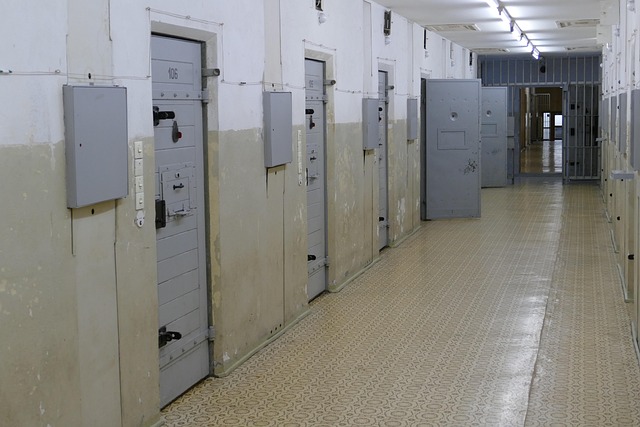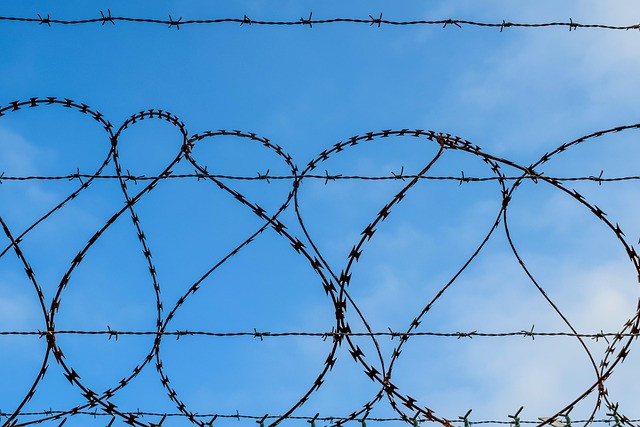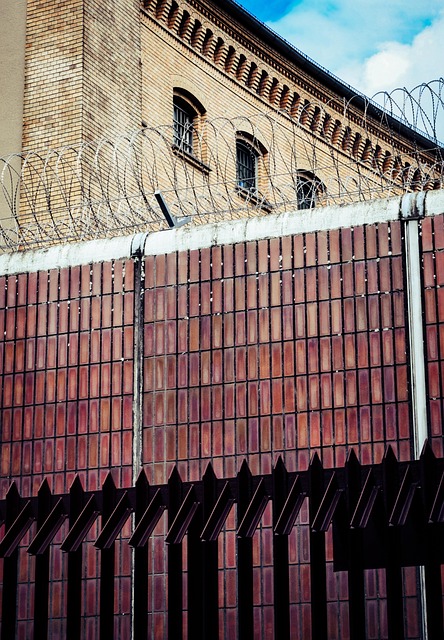DUI laws, aiming to prevent impaired driving, vary significantly between rural and urban areas due to differing populations, resources, and Emerging Technologies in DUI Law. Urban regions leverage advanced tools like precise breathalyzers and drone surveillance for better enforcement, while rural communities often rely on traditional methods due to cost constraints. Emerging technologies, such as smartphone breathalyzers and AI, have revolutionized DUI enforcement, bridging resource gaps and enhancing safety across diverse locations.
In the realm of drunk driving, understanding the nuances of DUI laws is paramount. While basic principles apply universally, significant differences exist between rural and urban jurisdictions. This article delves into these disparities, exploring how emerging technologies are reshaping DUI enforcement across diverse landscapes. We analyze their impact on cases in both settings, from data collection to conviction rates, and discuss future trends, focusing on the evolving role of technology in shaping DUI legislation through an SEO-optimized lens on “Emerging Technologies in DUI Law.”
- Understanding DUI Laws: A Basic Overview
- Rural vs Urban: The Legal Landscape Difference
- Emerging Technologies in DUI Enforcement
- Impact of Technology on Rural and Urban DUI Cases
- Future Trends: Tech's Role in Shaping DUI Legislation
Understanding DUI Laws: A Basic Overview

DUI laws, or driving under the influence, are designed to keep roads safe by preventing individuals from operating vehicles while impaired. The basic understanding revolves around a blood alcohol concentration (BAC) limit, with penalties escalating based on repeat offenses. However, these laws vary significantly between rural and urban areas due to differences in populations, enforcement resources, and emerging technologies.
In recent years, emerging technologies in DUI law have played a crucial role in enhancing detection methods. From advanced breathalyzer devices that provide more accurate readings to the use of drones for surveillance during high-risk periods, these innovations are transforming how authorities enforce DUI regulations. Urban areas often benefit from higher technological adoption rates due to their dense populations and well-funded law enforcement agencies, while rural communities might face challenges in implementing such technologies due to lower population densities and limited resources.
Rural vs Urban: The Legal Landscape Difference

In the realm of DUI (Driving Under the Influence) laws, a striking difference emerges between rural and urban jurisdictions. Rural areas, often characterized by lower population densities and more open landscapes, typically have less stringent DUI regulations compared to urban centers. This disparity is not merely a matter of numbers but reflects evolving legal considerations and emerging technologies in DUI law. For instance, while urban regions may have implemented advanced breathalyzer devices and enhanced surveillance systems to combat DUI, rural areas might still rely on traditional methods due to cost constraints and less sophisticated infrastructure.
The legal landscape difference between rural and urban DUI laws is further complicated by variations in enforcement strategies and public perception. Urban communities, with their bustling metropolis and vibrant tapestry of cultural activities, often have more stringent penalties for DUI offenses, reflecting a societal emphasis on road safety. Conversely, rural areas, with their quieter streets and closer-knit communities, may exhibit more lenient attitudes, leading to less aggressive prosecution and sentencing. These disparities underscore the need for tailored legal frameworks that consider geographic, demographic, and technological factors in shaping effective DUI policies.
Emerging Technologies in DUI Enforcement

In recent years, the field of DUI (Driving Under the Influence) enforcement has witnessed a significant shift with the integration of emerging technologies. These innovations are transforming how law enforcement agencies detect and respond to impaired driving, ensuring safer roads in both rural and urban settings. From advanced breathalyzer devices to sophisticated surveillance systems, these tools offer more accurate and efficient methods for identifying DUI offenders.
For instance, handheld breath testing devices have become ubiquitous, allowing officers to conduct preliminary tests at the side of the road. Additionally, remote sensor technology enables authorities to monitor traffic patterns and detect suspicious behavior without overt presence, which is particularly useful in rural areas with fewer patrol resources. These emerging technologies in DUI law are proving indispensable, providing a more robust and responsive framework for keeping communities secure.
Impact of Technology on Rural and Urban DUI Cases

In recent years, the impact of technology on DUI (Driving Under the Influence) cases has been significant, with emerging technologies playing a pivotal role in both rural and urban jurisdictions. For instance, advanced data analytics and machine learning algorithms are now employed to predict and identify high-risk driving areas, helping law enforcement agencies allocate resources more efficiently. These tools can analyze various factors, including historical data on DUI incidents, traffic patterns, and geographical features, to pinpoint hotspots and tailor preventative measures accordingly.
Furthermore, technological advancements in surveillance equipment have made it easier to catch drunk drivers. From sophisticated breathalyzer devices that provide accurate readings to high-resolution dashboard cameras, these tools enable law enforcement to build stronger cases against those accused of DUI. In rural areas, where resources may be more limited, technology can bridge the gap by facilitating faster response times and enhancing investigative capabilities, ensuring fairer and more consistent application of DUI laws regardless of location.
Future Trends: Tech's Role in Shaping DUI Legislation

As technology advances, emerging technologies are poised to play a significant role in shaping future DUI (Driving Under the Influence) legislation. Devices like breathalyzers integrated into smartphones and wearable tech can provide real-time data on a driver’s intoxication level, potentially transforming how law enforcement agencies enforce DUI laws, especially in rural areas with limited resources. These innovations could lead to more accurate and immediate assessments of impairment, enhancing road safety.
The integration of artificial intelligence (AI) and machine learning algorithms may also revolutionize DUI detection methods. AI-powered systems can analyze driving patterns and behavior to predict potential intoxication, allowing for proactive enforcement measures. Additionally, autonomous vehicles and advanced driver-assistance systems (ADAS) could reduce the occurrence of DUI incidents by minimizing human error and enhancing road safety overall, bringing about a significant shift in legal frameworks related to drunk driving.
In conclusion, the evolution of DUI laws is a complex interplay between traditional legal frameworks and emerging technologies. While rural and urban areas face distinct challenges in DUI enforcement, advances in technology are transforming how these cases are handled. As we look towards the future, understanding the impact of these innovations on both landscapes will be crucial for shaping more effective and equitable DUI legislation, with a particular focus on leveraging Emerging Technologies in DUI Law to enhance safety across all communities.






